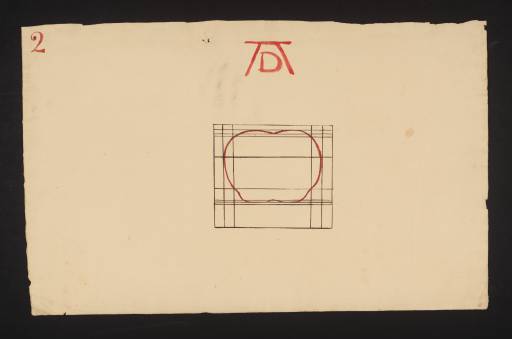References
How to cite
Andrea Fredericksen, ‘Lecture Diagram 2: Cross-Section of the Human Body (after Albrecht Dürer) c.1810 by Joseph Mallord William Turner’, catalogue entry, June 2004, revised by David Blayney Brown, January 2012, in David Blayney Brown (ed.), J.M.W. Turner: Sketchbooks, Drawings and Watercolours, Tate Research Publication, December 2012, https://www

